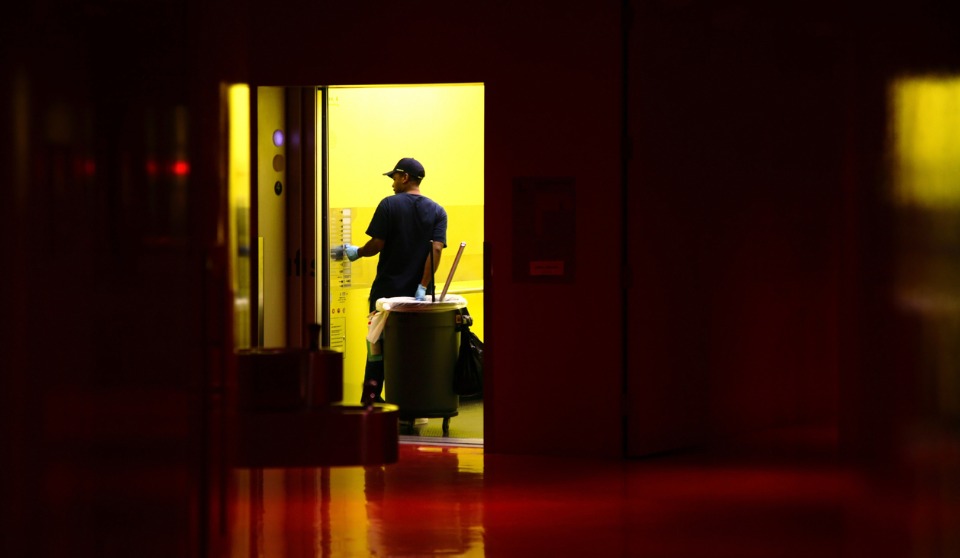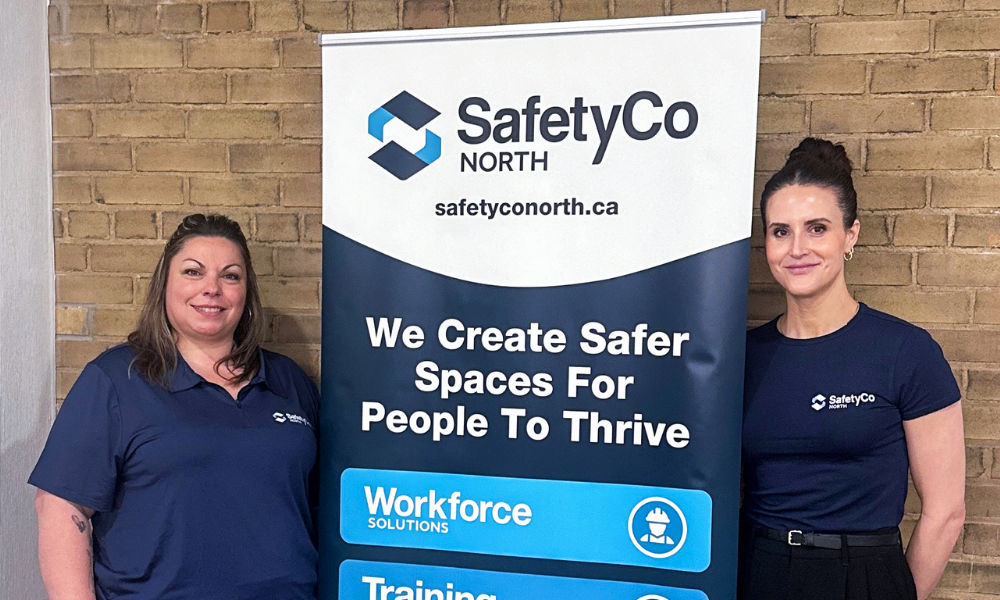One-quarter report interacting with this dangerous material directly

According to a survey of 527 school janitorial and maintenance workers in Ontario, asbestos is a problem at their workplaces. Sixty-seven per cent of respondents said asbestos containing materials (ACM) was present in their schools.
“Pretty much any school that’s older than the mid ‘70s will have a substantial amount of asbestos in it,” said Paul Demers, director of the Occupational Cancer Research Centre (OCRC), which conducted the study. “It was put in there probably well-intentioned as a safety measure, we don’t want our schools burning down, but we really have not taken substantial efforts to remove it… As long as asbestos remains in the schools, we have to be pretty vigilant about how we protect school workers.”
One-quarter (24 per cent) of custodial workers said they interact with ACM directly, while 66 per cent said their interaction with the substance was indirect. Cleaning floors and dusting surfaces were the most commonly reported tasks, both of which are unlikely to break intact ACM, but could disturb settled asbestos fibres in areas where ACM has deteriorated.
“It’s custodial workers that tend to have the tasks in schools where they might have to go into areas where other people don’t work — behind walls, in the ceilings, any kind of maintenance, cleaning up when anything happens,” Demers said.
Custodians have the greatest potential for exposure to asbestos containing material and have a higher risk of developing mesothelioma than other school workers, including teachers, explained Demers.
Despite this increased risk, just six in 10 respondents (59 per cent) said they were able to recognise asbestos. Additionally, just 63 per cent reported using any personal protective equipment when interacting with ACM.
The majority of respondents (86 per cent) said they knew their school had an asbestos management plan. (Having such a plan is a regulatory requirement in Ontario.) But only about half of the respondents reported using this resource.
The plan must include maintenance records and location information of the material in a building, routine inspections, notifying employees who may work near ACM and employee training.
Those who knew about the plan more likely to report that they received asbestos training (74 per cent) compared to those who did not know there was a plan (30 per cent). However, Demers says it is unclear if the training is effective in helping these workers recognise when they might be encountering asbestos.
“It’s kind of a constant challenge to keep training up in that area,” he said. “You have to renew the asbestos training otherwise people become a bit jaded: They’ve heard about it once and until they are reminded on a regular basis to always be vigilant, there’s always going to be a risk of releasing asbestos into the environment.”
The OCRC’s report recommends asbestos training be provided multiple times during a workers’ career and discuss the health effects of exposure, the asbestos management plan, how to recognise ACM and the appropriate response if found. It also recommends that school boards ensure casual and rotating staff receive training, too.
With the limited resources educational institutions face these days, it can be challenging for them to stay on top of their requirements.
“There’s a lot of facilities to keep track of,” Demers said. “You might have one health and safety person in a schools system, or several in the school system, but they’re not going to be in every school, then it falls upon the local school management to make sure they are keeping up with the plan and training requirements.”
Demers would like to see asbestos being removed in schools on a proactive basis — something he acknowledges would require substantial funding from the provincial government.
“Eventually someday we are going to have to think about how to remove the risk overall,” he said. “It’s an extremely expensive prospect but we can’t wait for the schools to be falling down.”





